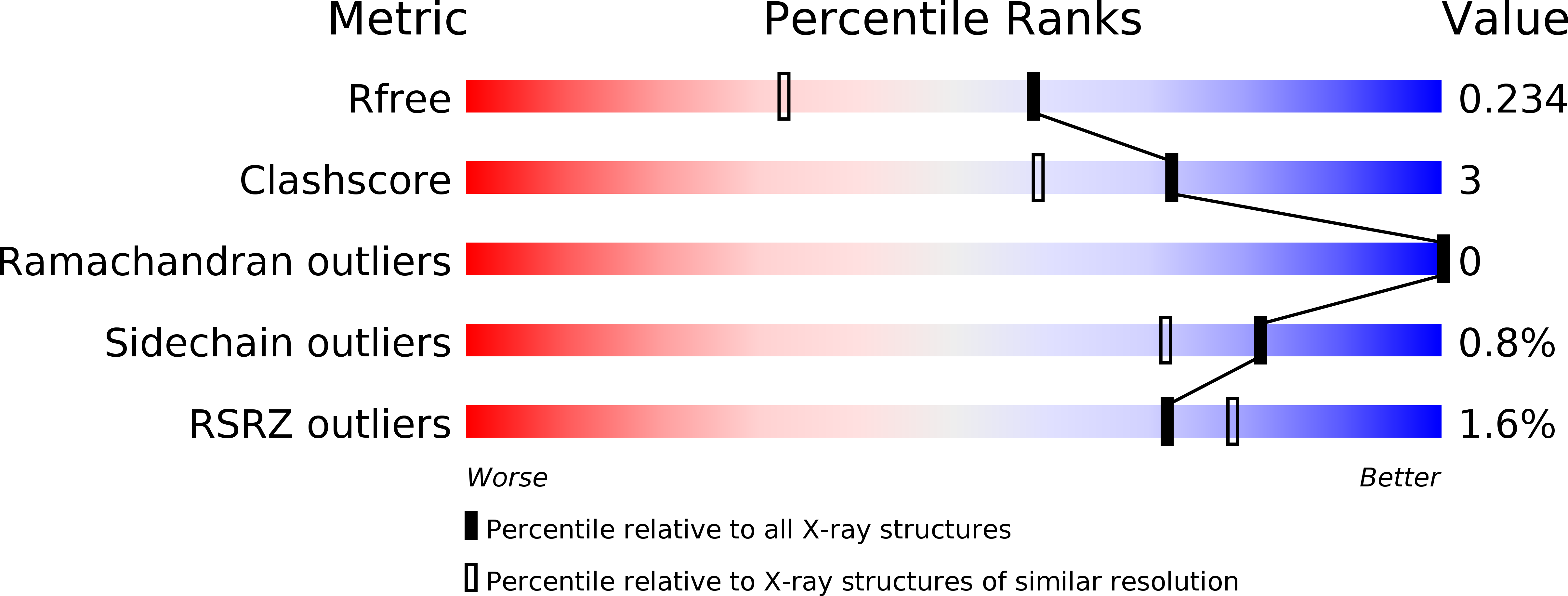
Deposition Date
2020-05-19
Release Date
2020-06-03
Last Version Date
2024-01-24
Entry Detail
Biological Source:
Source Organism:
Ruminococcus gnavus (Taxon ID: 33038)
Host Organism:
Method Details:
Experimental Method:
Resolution:
1.74 Å
R-Value Free:
0.22
R-Value Work:
0.18
Space Group:
P 21 21 21


